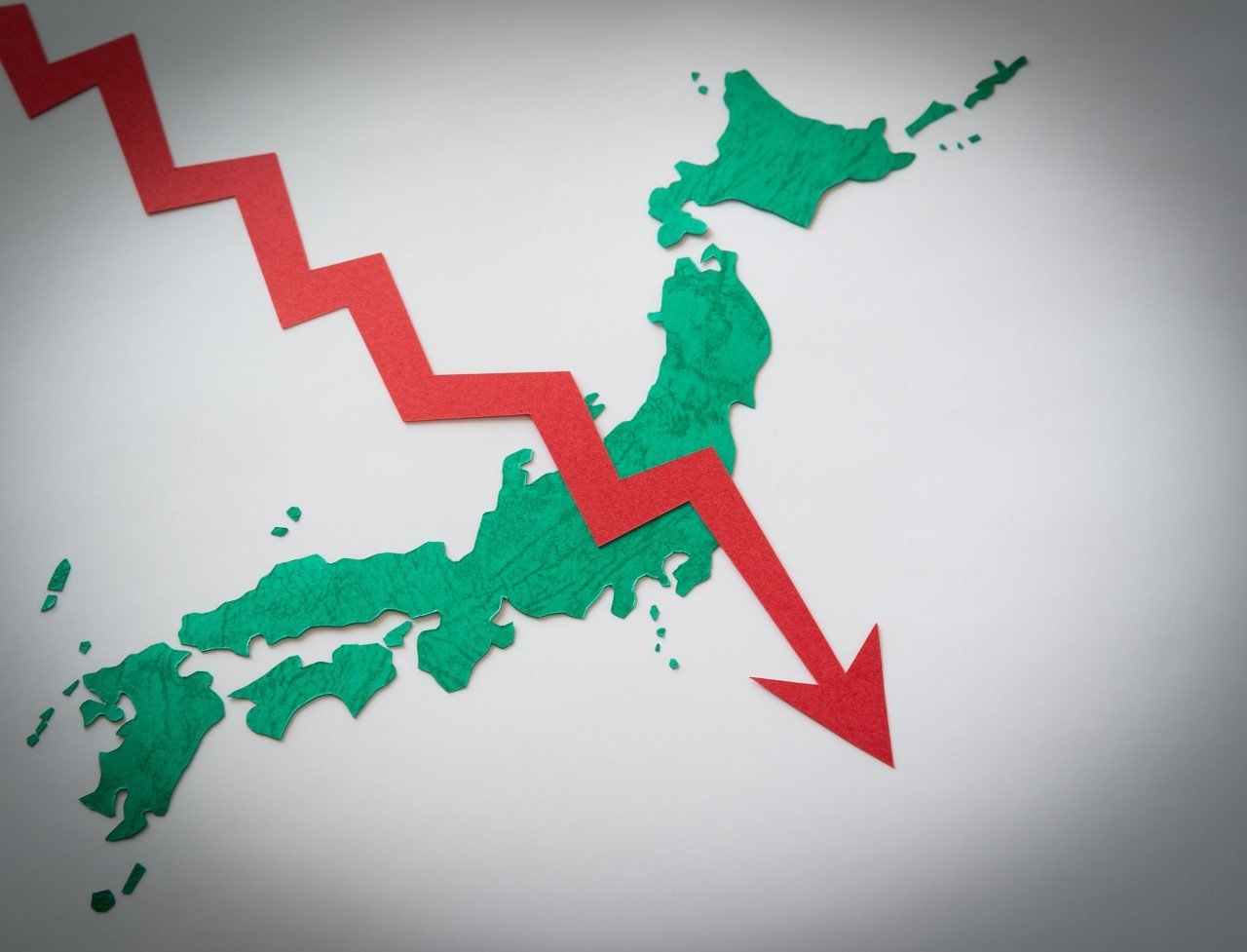2015/08/12
Nobutoshi Kitaura, "Recovering the Birth Rate and Achieving Fiscal Restructuring are Essential to Revitalize Japan"
[PDF version] (The article appeared originally in Japanese in IIPS Quarterly, dated July 18, 2014).
The Choices for the Future Committee of the government's Council on Economic and Fiscal Policy (CEFP) has compiled an interim report named "Choices for Japan's future towards 2060." The committee's final report suggested various initiatives, including sweeping new measures for recovering the birth rate. Concurrently, concerns over fiscal sustainability are increasing, as the forecast of fiscal outlays to 2060 and the size of the upcoming fiscal restructuring were presented in the Subcommittee on the Fiscal System of the Ministry of Finance in April 2014. In this paper, I would like to discuss the interaction between the birth rate, on one hand, and fiscal policy and the economy, on the other. The discussion is based on my analyses of the government expenditure estimates under various demographic projections towards the year 2110 as well as analyses of the size of fiscal restructuring.
The IMF's recommendations concerning fiscal consolidations are necessary, but they are insufficient, once taking into account the fact that Japan is rapidly aging with fewer children
Considering the level of Japan's public debt and the experiences of other developed countries, it is almost surprising that the damage of fiscal deficits has not been tangible, yet. However, ample domestic savings in Japan have helped mask some of the problems and the associated financial risk. It is unlikely that this fiscal risk will become manifest immediately. Nonetheless, looking decade to decade, the further decreases in domestic private savings caused by the demographic aging mean that the risk of fiscal crisis cannot be ruled out definitely. In addition to the current government plan including the consumption tax hike to 10%, the IMF recommends further fiscal restructuring policies be in place by 2020 that are equivalent to 5.5 percentage points of nominal GDP (by raising the consumption tax to 15% and curbing government expenditures by 3 percentage points in nominal GDP terms). This is intended to put the primary budget balance into the black and to reverse the increasing public debt trend. The IMF recommendations are an extremely difficult task, but implementing the IMF recommendations is the minimal requirement for Japan to avoid economic disaster for the next few decades. And yet the situation is even more serious than that, due to the increase in government expenditures that will come from a low birth rate and longevity.
The necessity of long-term fiscal estimates and the importance of recovering the birth rate
My study focuses on the general government expenditures (the sum of expenditures for the central government and local governments, plus outlays for health care, nursing care, pensions, and other social security funds). This should help make comprehensible the overall burden that Japanese residents will shoulder into the future (in terms of reduced government spending, an increased tax burden, and higher social insurance premiums). Looking at general government-based public expenditures in Japan for the past 30 years, such expenditures have increased by 9 percentage points, from 29% to 38% of nominal GDP. This was due to increased social security payouts, which in turn resulted from the aging of society. The proportion of the total population consisting of persons aged 65 or older (the elderly rate) increased 15 percentage points, from 9% to 24%. This implies that every 2 percentage point increase in the elderly rate led to an increase in government expenditures of over 1 percentage point of nominal GDP. According to the government's demographic projections (the median projection), the elderly rate will increase from 24% in 2012 to as high as 41.2% in 2079. Subsequently, the rate is expected to remain at that high level, and, according to my calculations, government expenditures in 2080 (as a proportion of nominal GDP) are expected to increase by about 7 percentage points from 38% in 2012 (implying a rise of the consumption tax rate by around 14%). (See the scenario using the government's median projection in Fig. 1.) If nothing is done about the progressively more elderly and less fertile population, then implementing the austere fiscal restructuring measures that the IMF recommends (equal to 5.5% of nominal GDP by 2020) might be enough to resolve the primary budget deficit in the near future but would still leave Japan at long-term risk. This is because subsequent, wide-ranging increases in government expenditures could cause already high public debt levels, that might provoke fiscal crisis, to start rising again in around 2030.

Fig. 1 Government Expenditures as a Share of Nominal GDP over Time (Increase from the Baseline; Left Axis) and the Scale of the Consumption Tax Hike related to the Expenditures Increase (Right Axis)
How would the situation change if the birth rate (the number of children born per woman over her lifetime calculated by using the specific year data) were to recover to 2.07 by 2030? To start with, the elderly rate, which has a large effect on government expenditures, would still rise from 24% at present to 34% in the 2040s, but it would drop after that, falling back down to around 27% in the 2080s. Consequently, government expenditures would increase into the 2040s but would ultimately drop back down to 2012 levels. (See the scenario with a birth rate of 2.07 in Fig. 1.) According to my calculations, in addition to the IMF's fiscal restructuring measures to 2020, further fiscal restructuring of around 1.6 percentage points of nominal GDP (implying a consumption tax rise of about 3 percentage points) over the decade from 2030 would be sufficient to bring public debt down to levels similar to those of other OECD members over about the next century.
Raising the birth rate is also essential both to reinforce long-term macroeconomic fundamentals and to revitalize local economies
The damage caused by a less fertile and aging society is not limited to government finances. Calculating the growth of Japan's economy up to 2110 as the sum of labor productivity growth (2%) and the growth of the labor force (the growth of the working-age population), the government's median projection--in which the birth rate remains at the present level--suggests that the economy's rate of growth will fall to 0.5% due to continued yearly decreases of the working-age population of about 1.5% from 2040 onward. By contrast, were the birth rate to recover to 2.07, the size of the working-age population would improve dramatically beginning in the 2040s, as the new generation starts to participate in the labor market. In the 2060s, the working-age population would be constant, allowing real economic growth of 2%. (Refer to the dotted lines in Fig. 2.)
Making better use of women and of the elderly are indeed important initiatives, both of which the government is considering with some vigor. However, although this would increase economic growth initially--for about the first 10 or 30 years--it would not be enough to halt the long-term downward trend of the Japanese economy from the 2040s onward. Fig. 2 shows economic growth in a scenario in which the age for public pension payouts is delayed until 70 and workers in the latter half of their 60s remain in the labor market. The positive effect on growth would be temporary, lasting only for the period of the delay of the public pensionable age from 65 to 70, which is from 2031 to 2040 in my scenario. By contrast, if the birth rate recovers, then the population in the labor force would gradually bottom out by the latter half of the 2040s, leading to a long-term increase in economic growth. Concerning regional economies throughout Japan, local community functions will be preserved for about the next 30 years through consolidations and making better use of women and the elderly. Were initiatives to recover the birth rate taken immediately, however, it would be possible to begin new regional revitalization projects aimed at sustainable economic development from the 2040s onward. (Refer to the solid lines in Fig. 2.)

Fig. 2 Forecasted potential growth rates
Time to consider bold birth rate measures and pension payouts at age 70
The above analyses of fiscal restructuring did not consider the cost of additional measures to recover the birth rate. However, according to my calculations, the cost of budgeting benefits similar to those offered in Sweden and France, which recovered their birth rates to around two children per woman, could be offset by reducing pension payouts, one of the expenditures on the elderly that are the underlying causes of shifting fiscal burdens onto future generations. My proposals are the followings. Additional benefits to raise the birth rate would be about 2% of nominal GDP (the difference between Japanese government's expenditures for child rearing and those of Sweden and France) or approximately an additional 10 trillion yen; reductions in pension payouts would consist of raising the age of public pension payouts to 70. Multiple other developed countries, whose societies are less likely to be as elderly as Japan's, have already decided to raise the public pensionable age to 67 or 68. Moreover, these steps could improve, by a considerable degree, the current imbalances between generations in the benefits received from government expenditures. Furthermore, through implementation of my proposals, one could expect to get our social security system closer to a more inclusive one that meets the needs of all generations and to see a long term stimulus to both total economic growth and local economies.
In carrying out measures to deal with the declining birth rate, it must be made clear that the target for the birth rate should be established and the nation as a whole will work together for the initiative, even if it takes time. In addition, the effectiveness of the policies should be analyzed quantitatively. In terms of specific policies, about which we can learn a lot from the experiences of France and Sweden, it will be crucial to make attempts at strengthening daycare centers, pre-school education, and maternity leave benefits, as well as at establishing systems that take incentive effects into account, including the introduction of family allowances with progressively larger payouts for second and third children, as well as the implementation of income credits.
There is not enough space in this paper to cover everything in depth, but I consider that the following macroeconomic policies are necessary to revitalize the Japanese economy. Ensuring the trust of the market in public finances, the government should take all the following measures immediately: (1) mild inflation should be achieved to ensure sales growth for a large majority of companies in the medium term, thus allowing a more favorable distribution between wages and profits and a more equitable wage distribution among workers. The exit costs of the Quantitative Easing and the cost of distorting asset prices are considerable, but the harm caused by deflation is far greater; (2) structural reforms to increase growth potential (labor market reforms, participation in the TPP, agricultural reforms, deregulation, and decreased corporate taxes conditional on ensuring other revenue sources) should be maintained continuously and consistently; (3) functions and institutions in local communities should be maintained by making up for the initial drop in the working population through making better use of women and the elderly; (4) the birth rate should be made to recover, thus improving the sustainability of Japanese society in the long term. Japan now faces numerous difficult problems, so it has no time to waste on a fiscal crisis. In the near term, raising the birth rate will also have some negative effects, such as necessitating a larger education budget. However, in the long term, the effects of reining in government expenditures and raising potential growth will be profound. I would hope that the government and the CEFP will firmly explain to the Japanese people that--in a society aging at an ultra-fast pace--the government cannot continue to issue public debt to cover deficit spending into the indefinite future. It must also take bold steps in establishing the direction and priority of the policies that are most essential, including establishing targets for the birth rate and raising the public pensionable age to 70.






